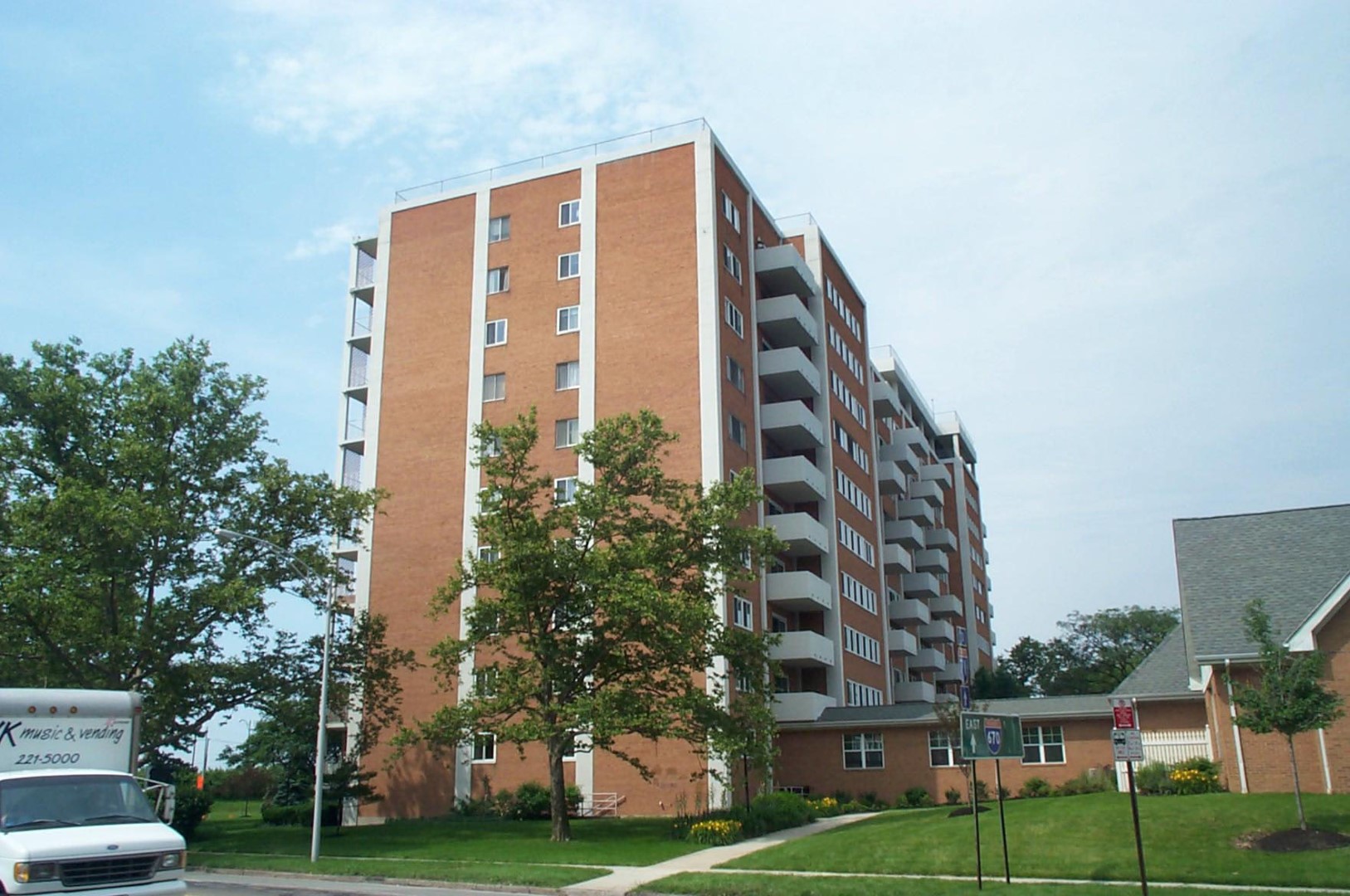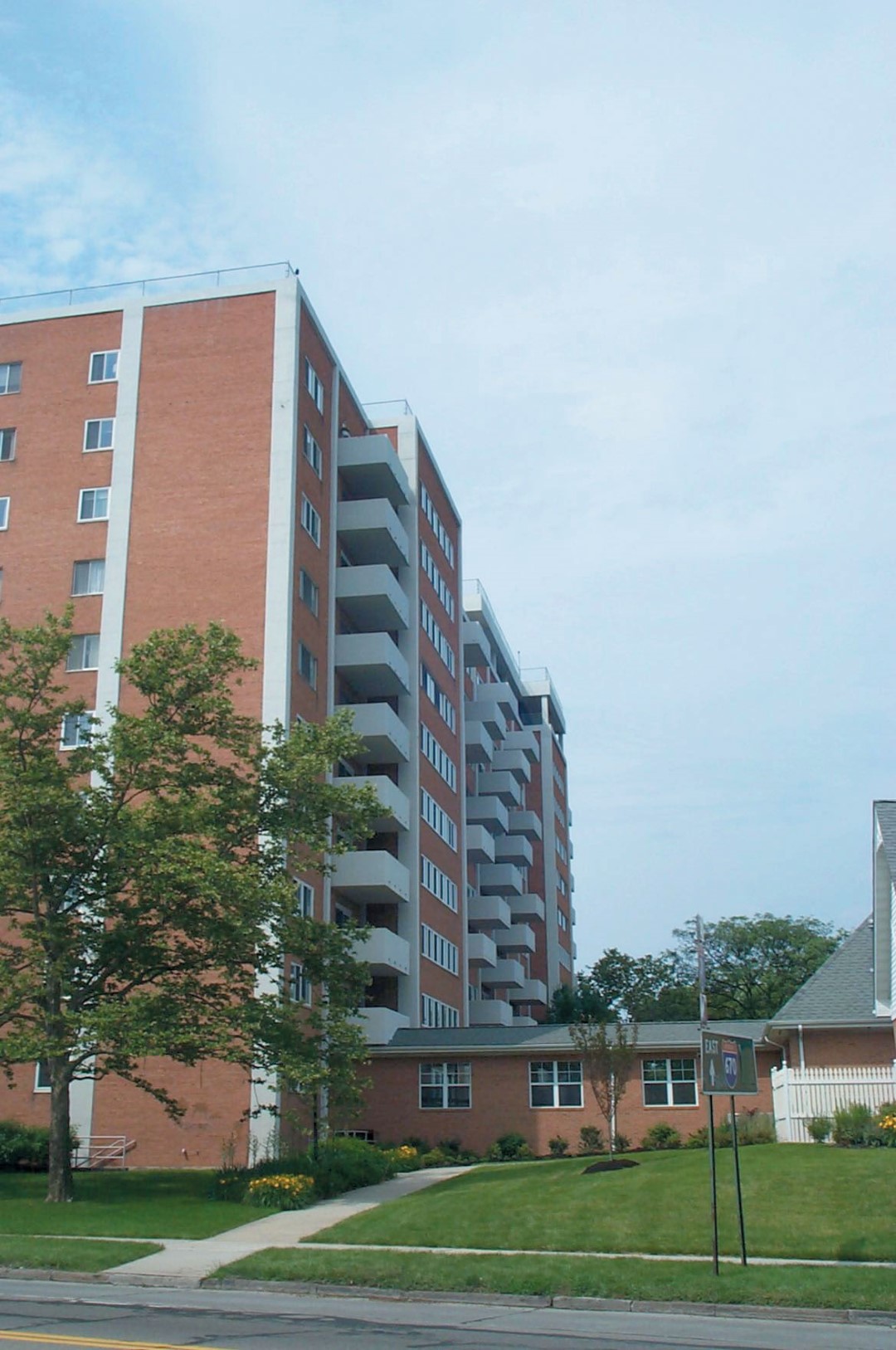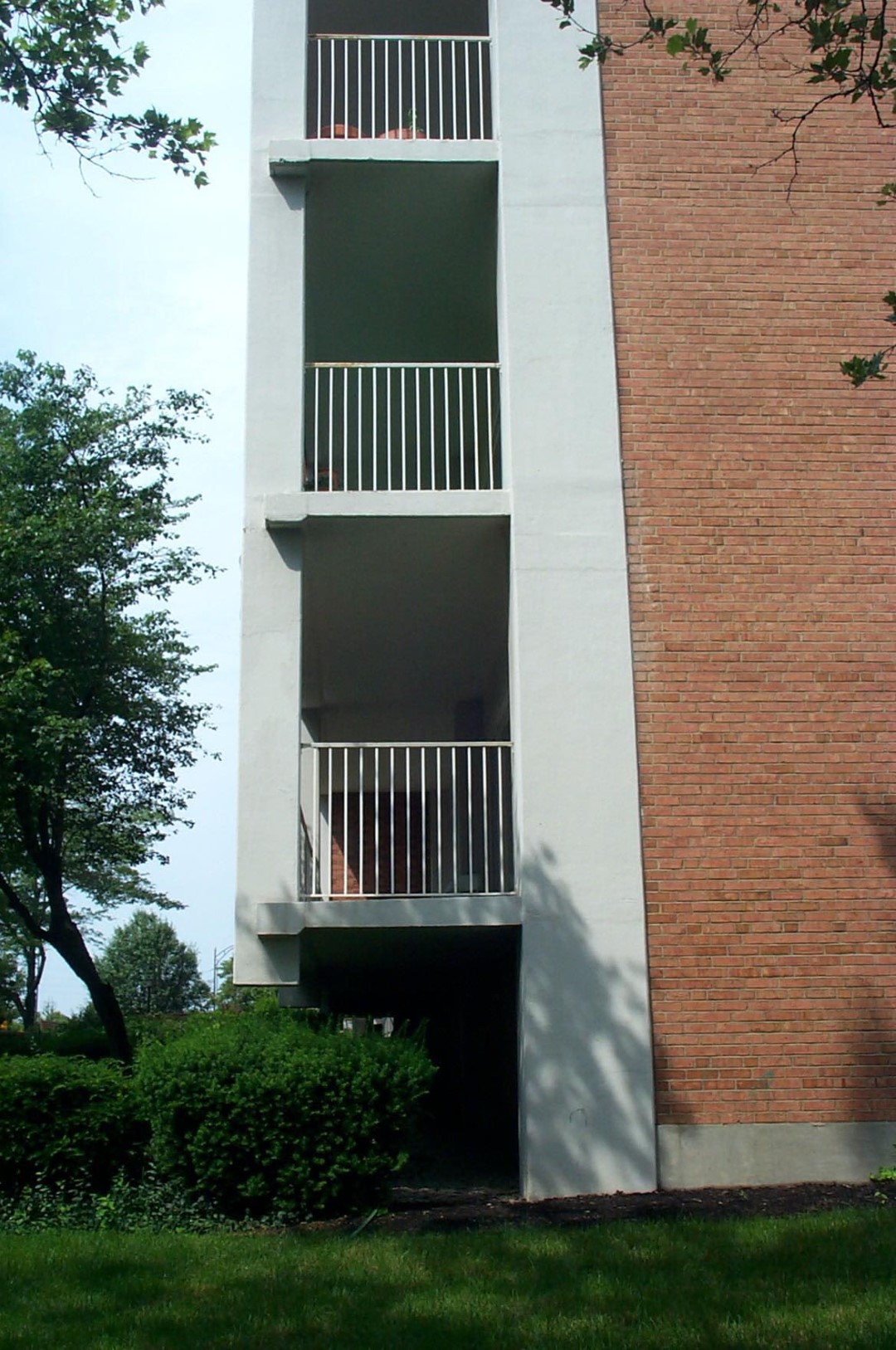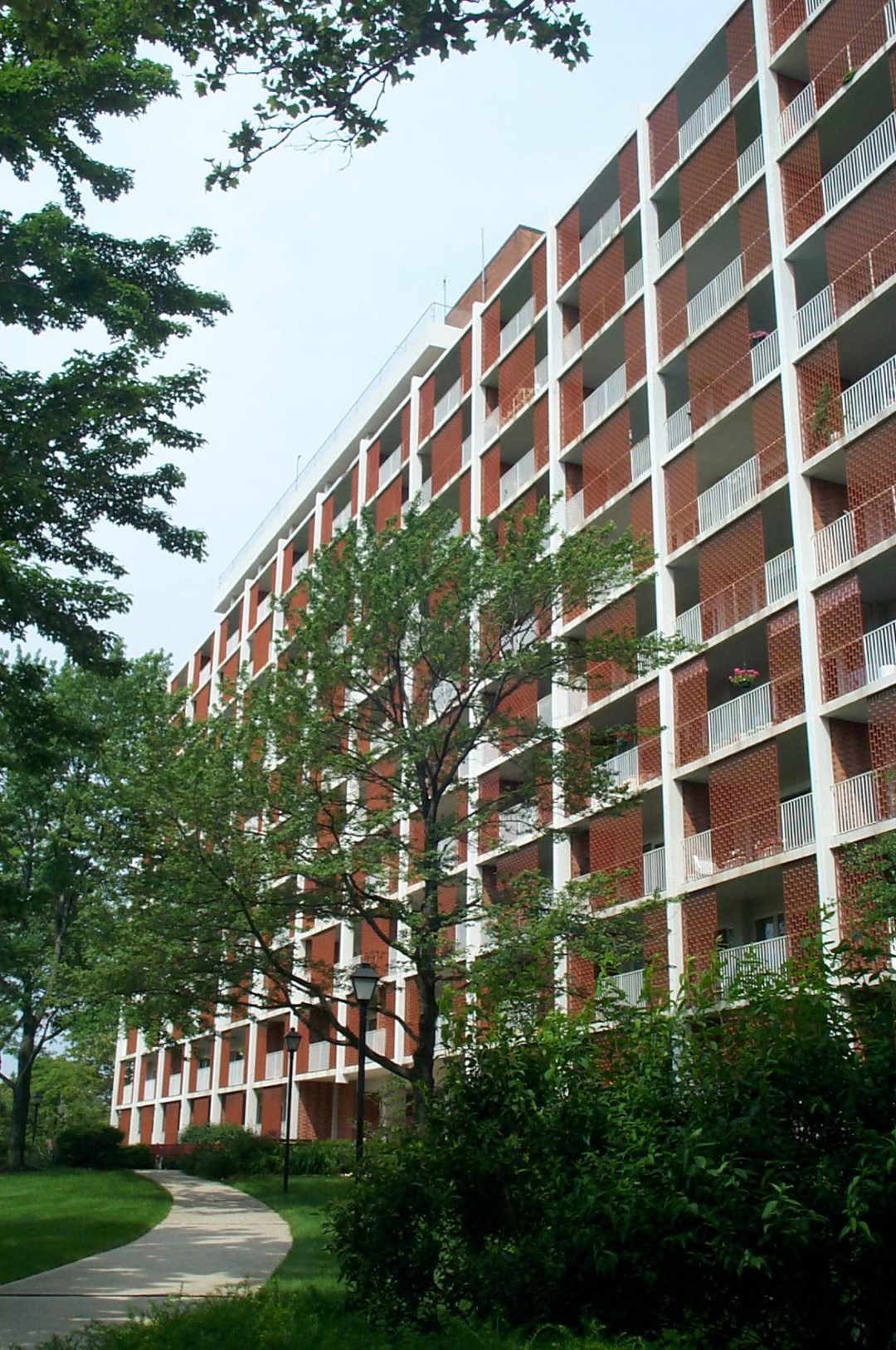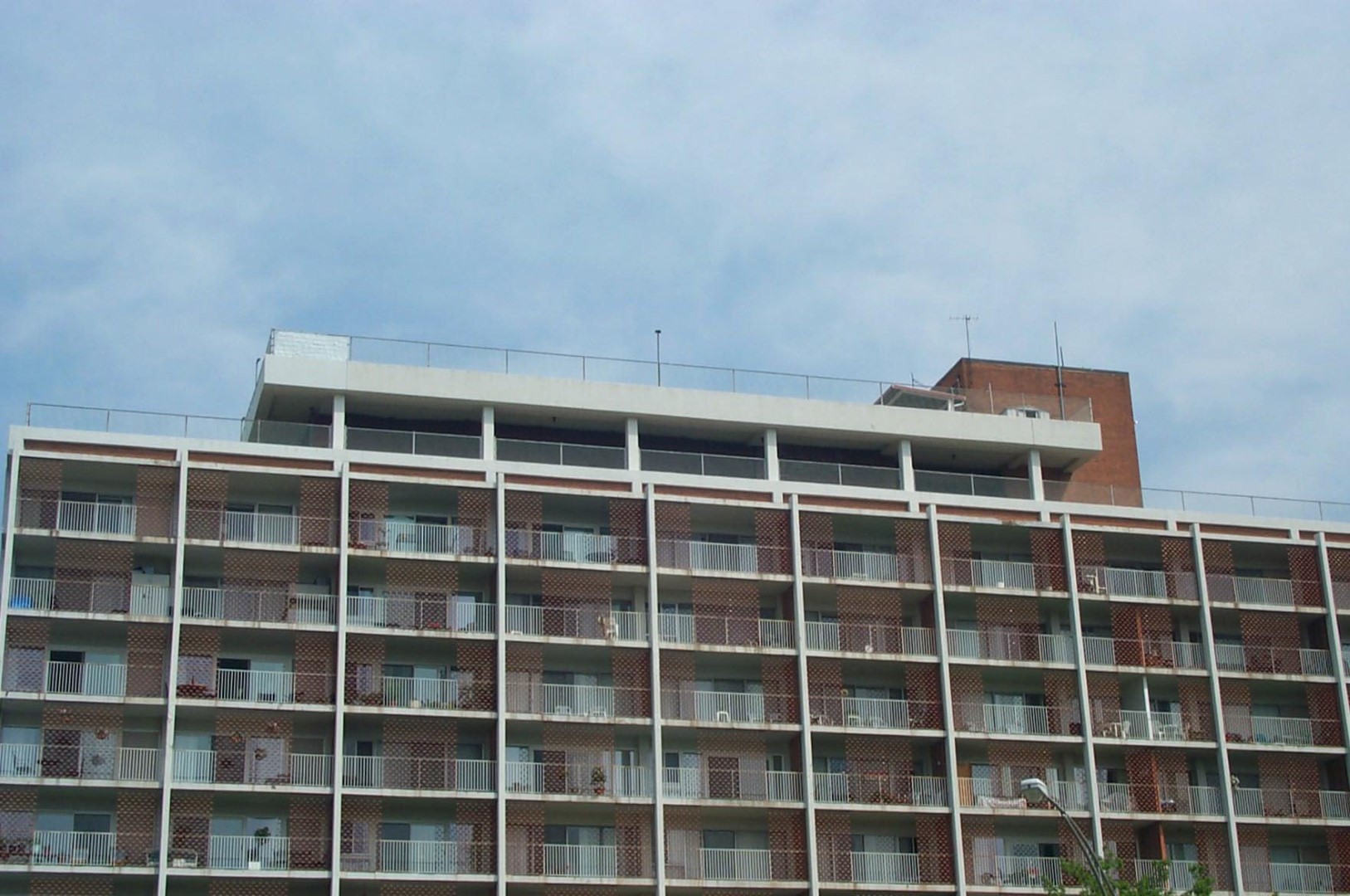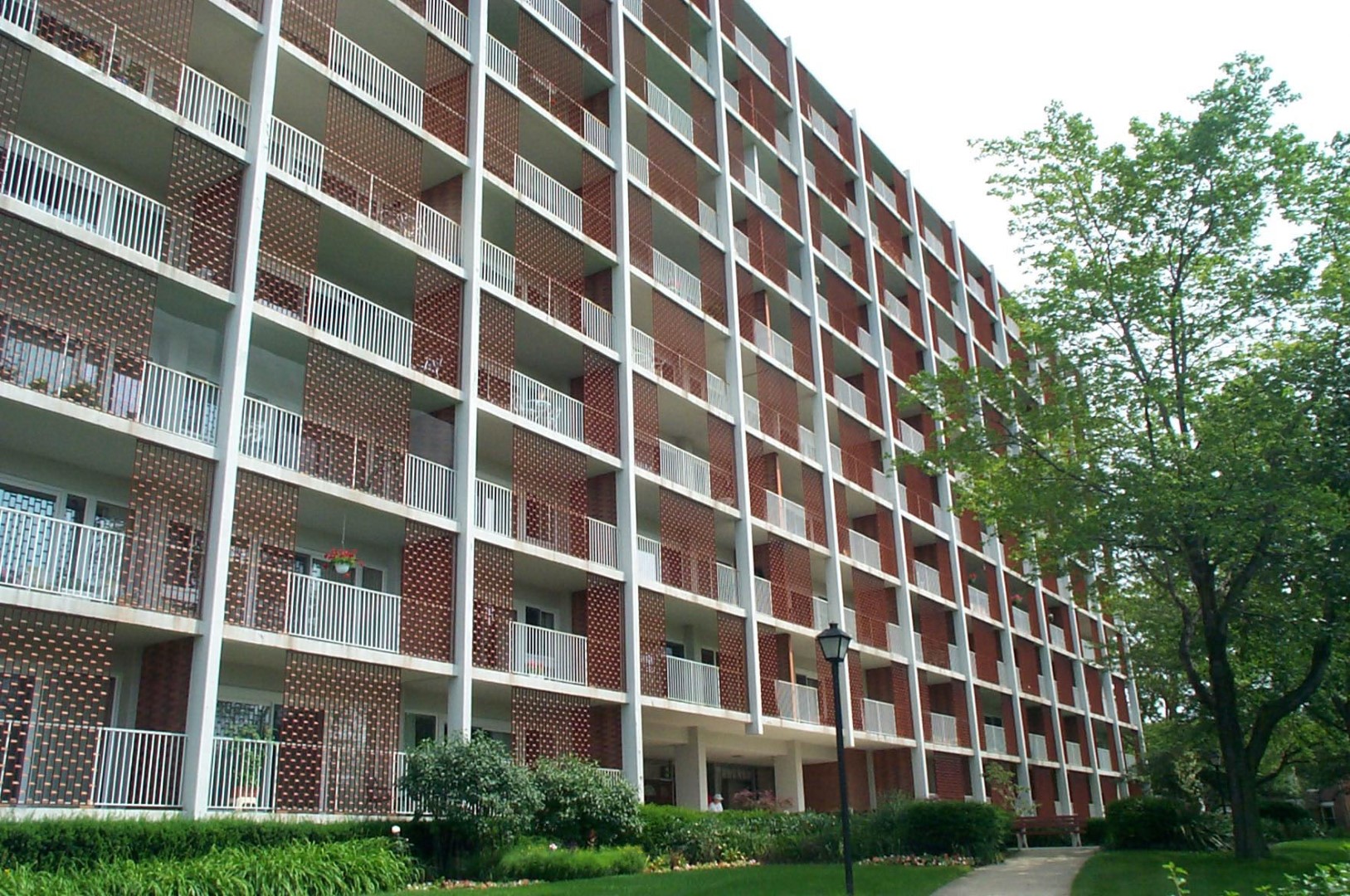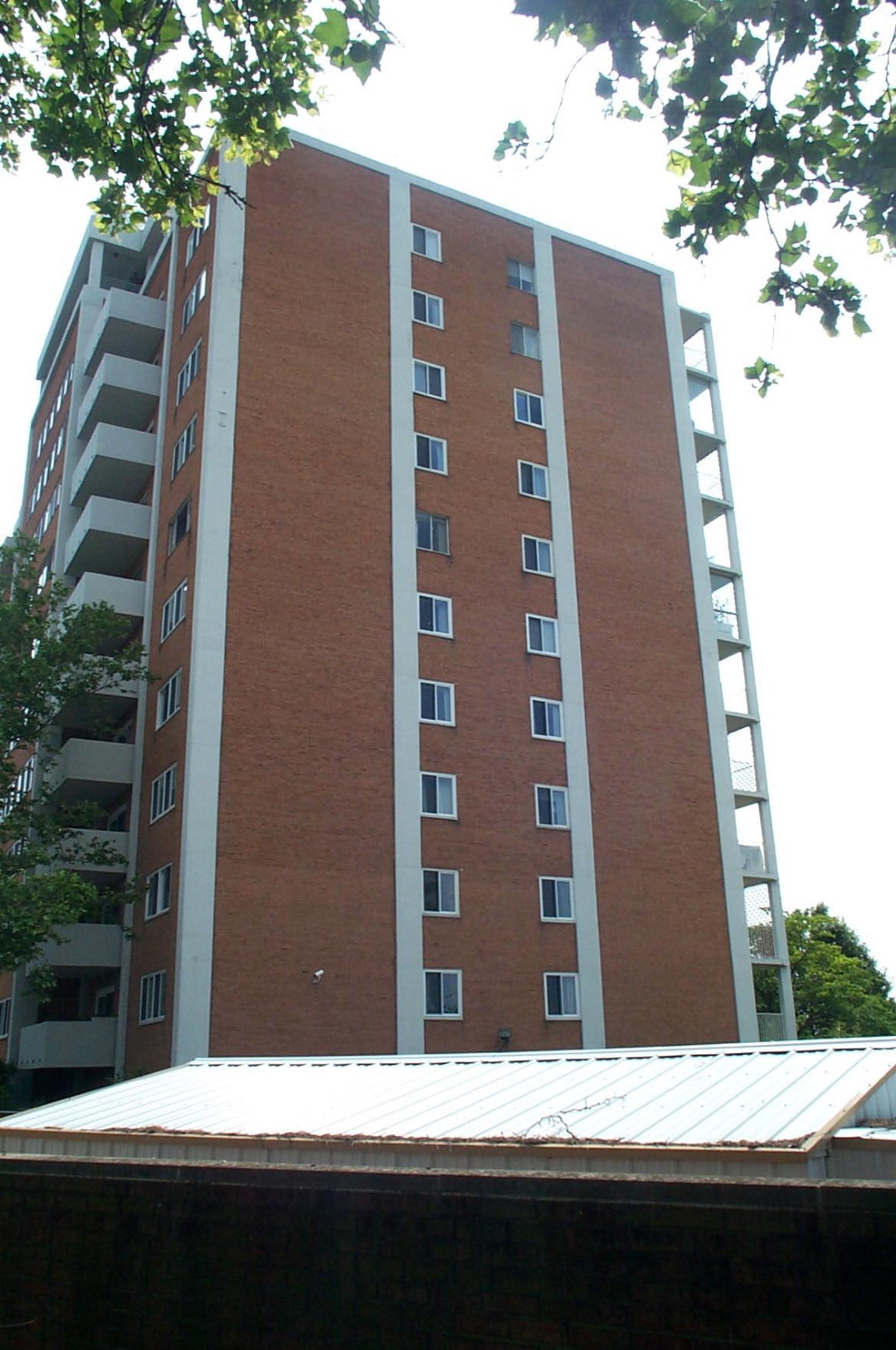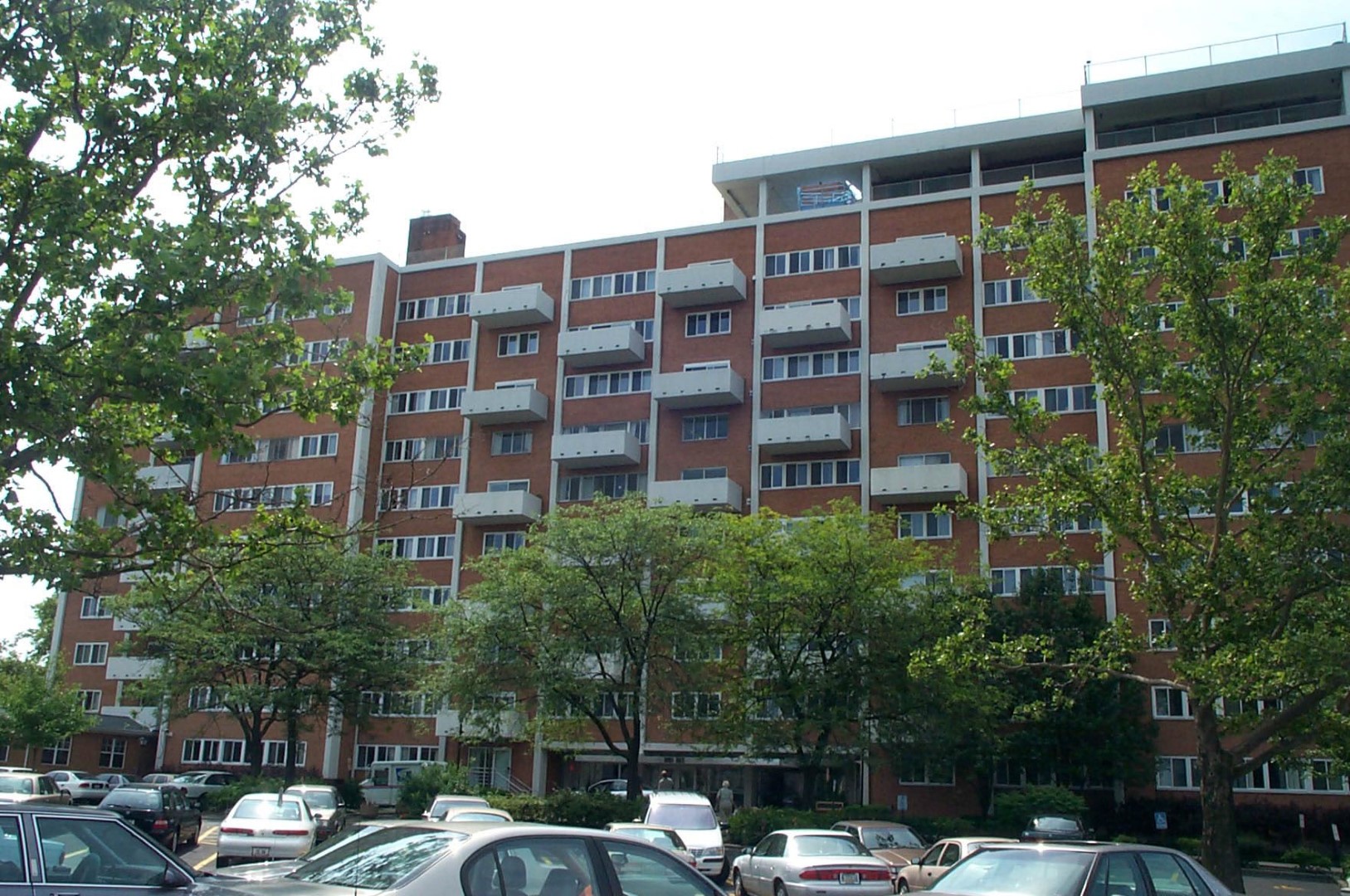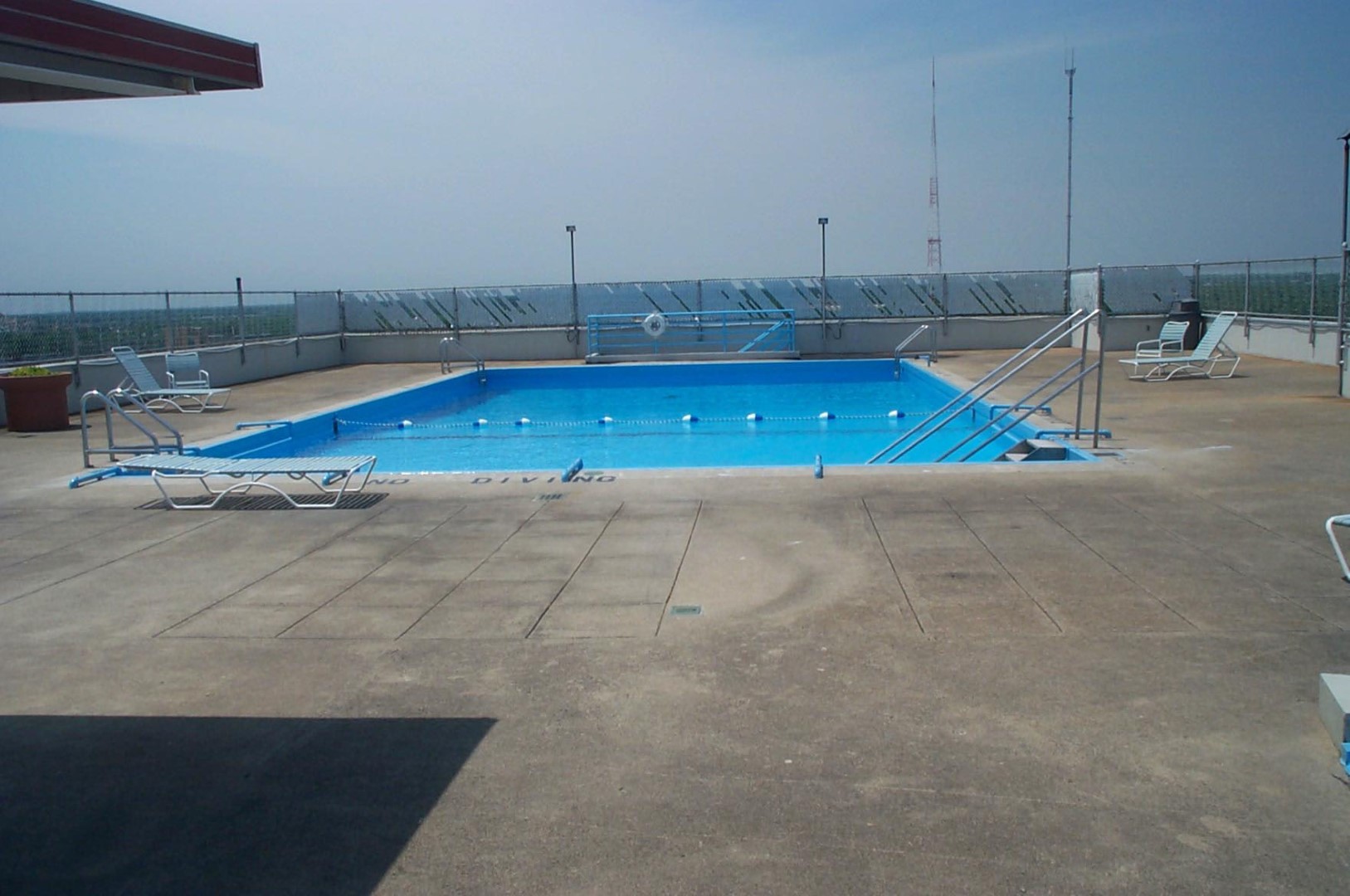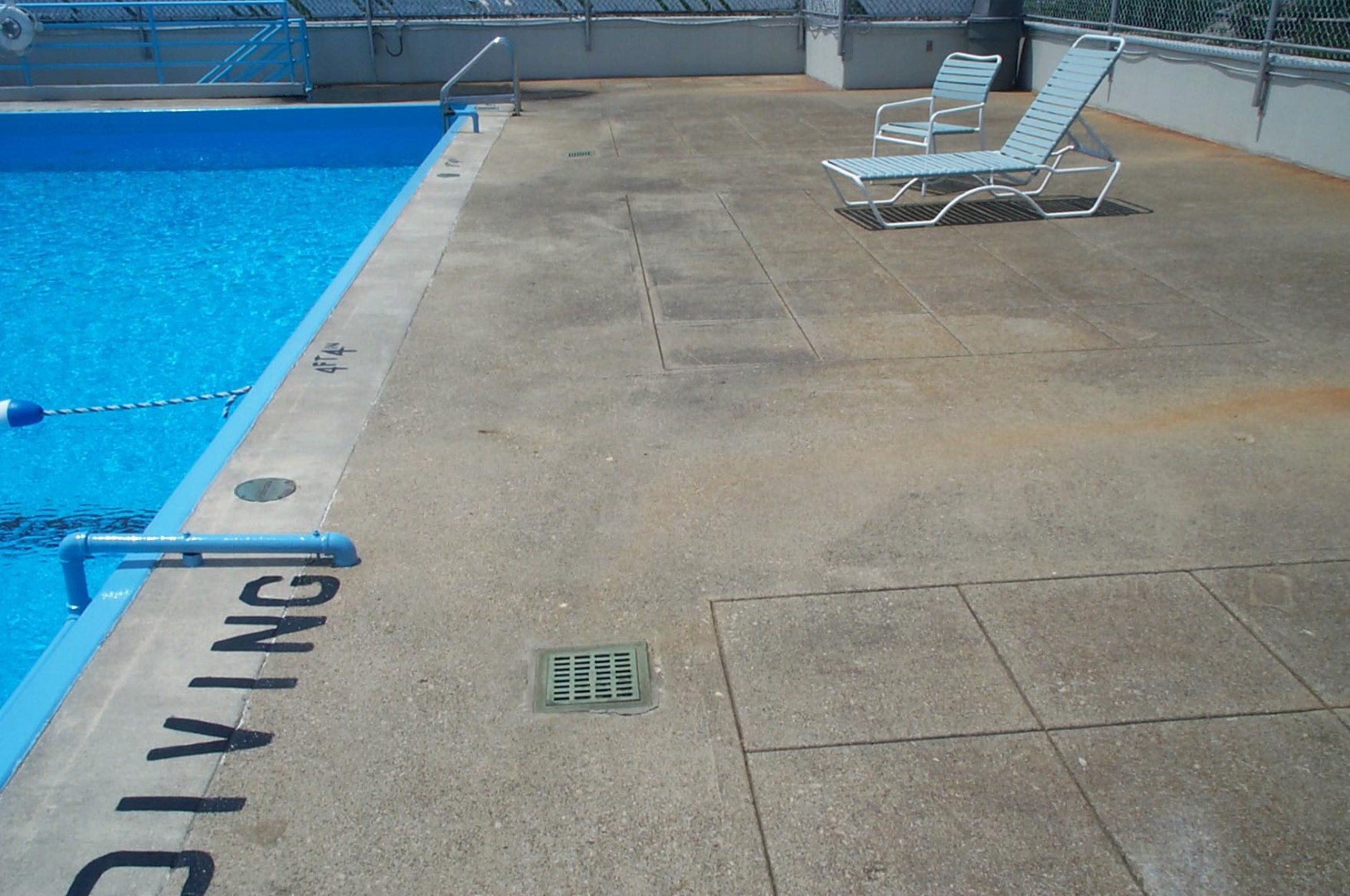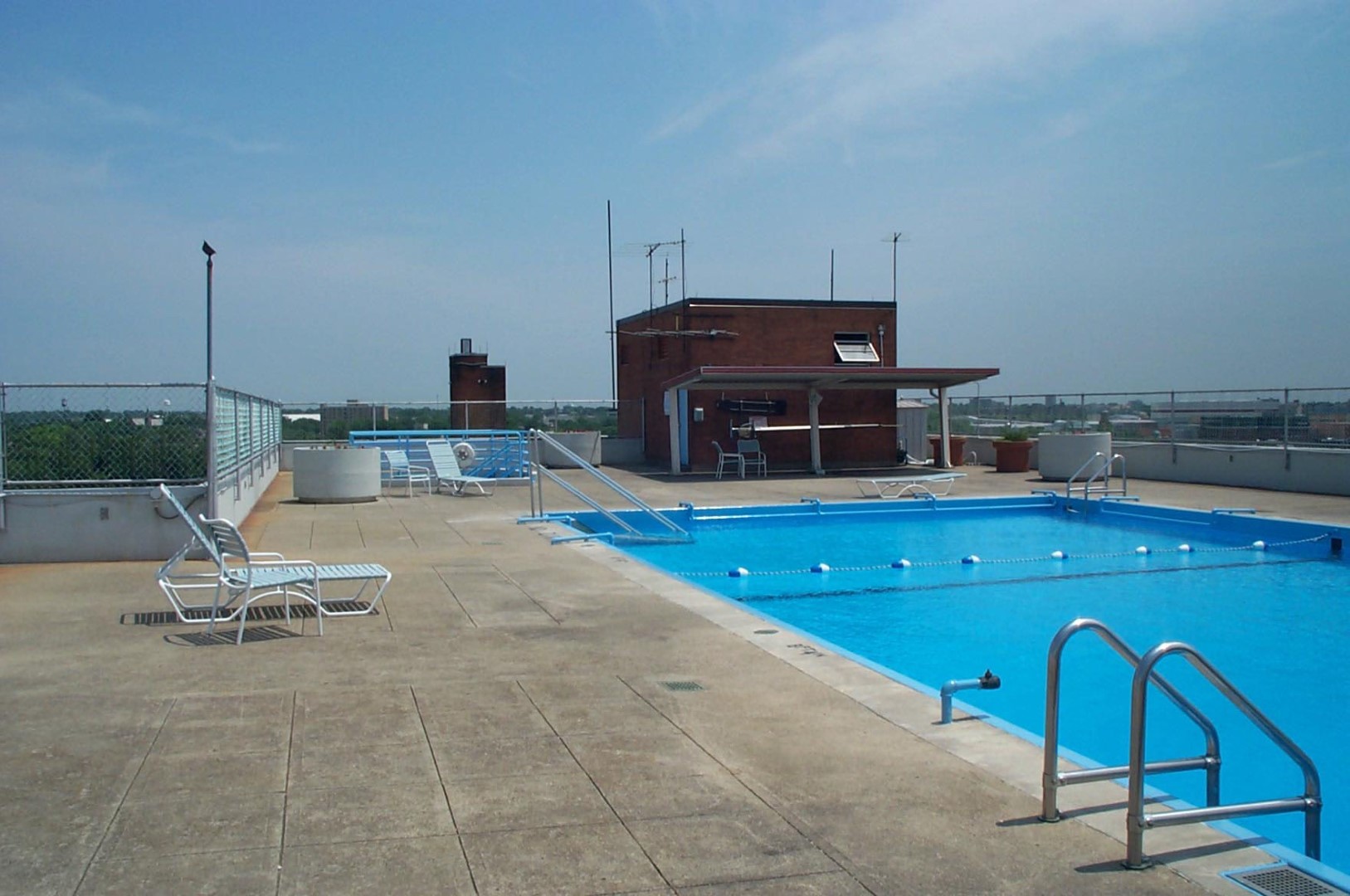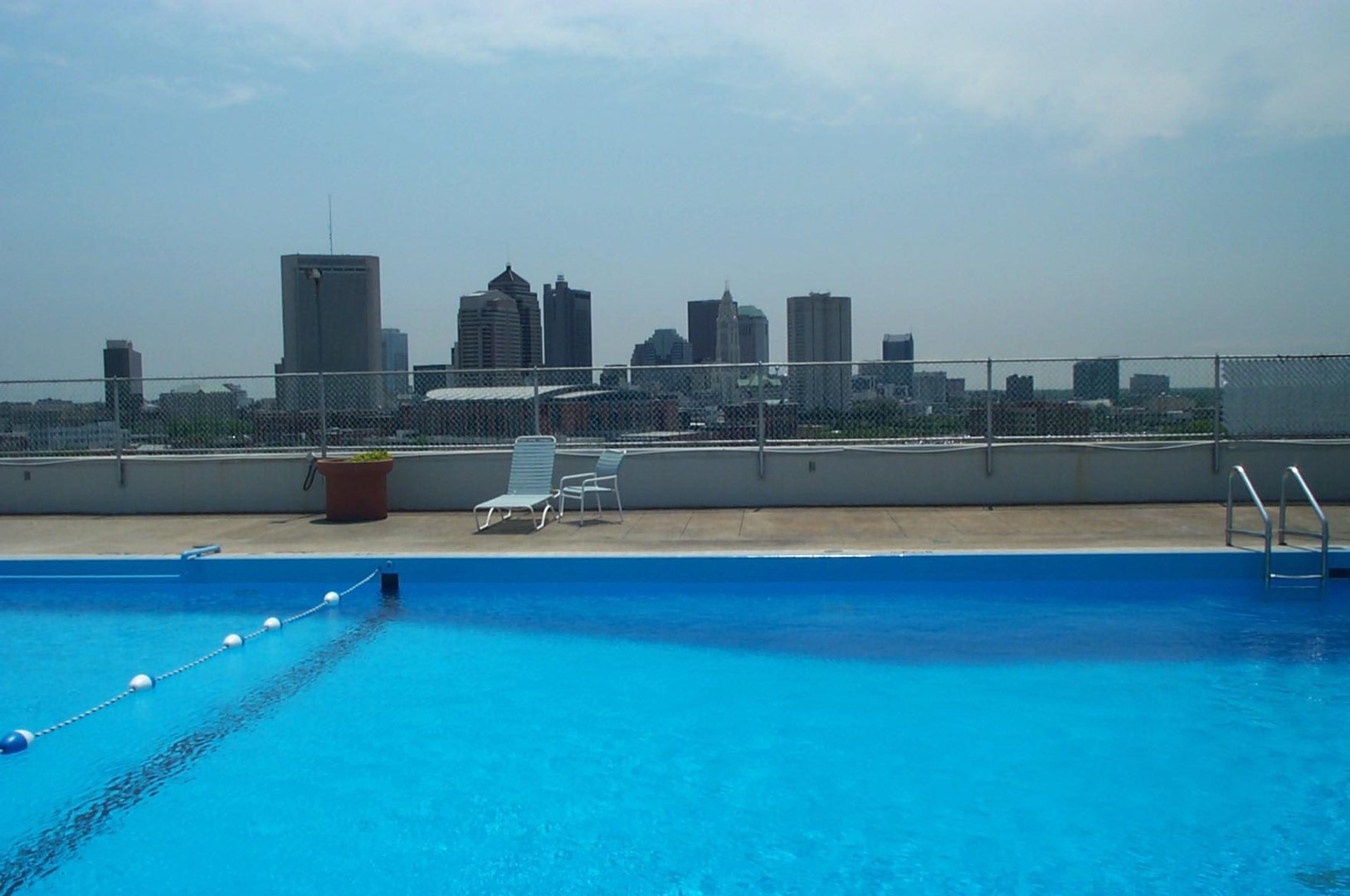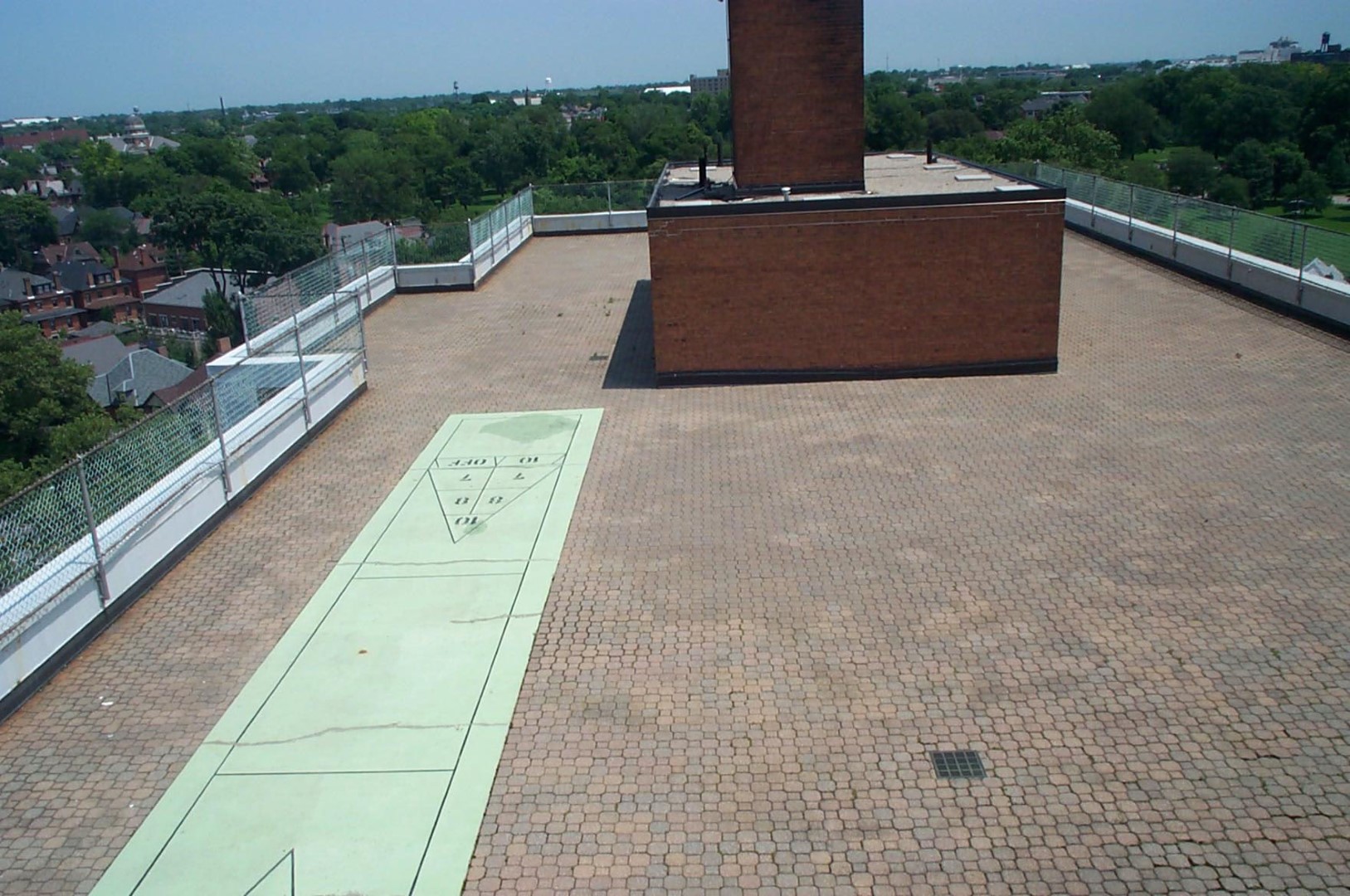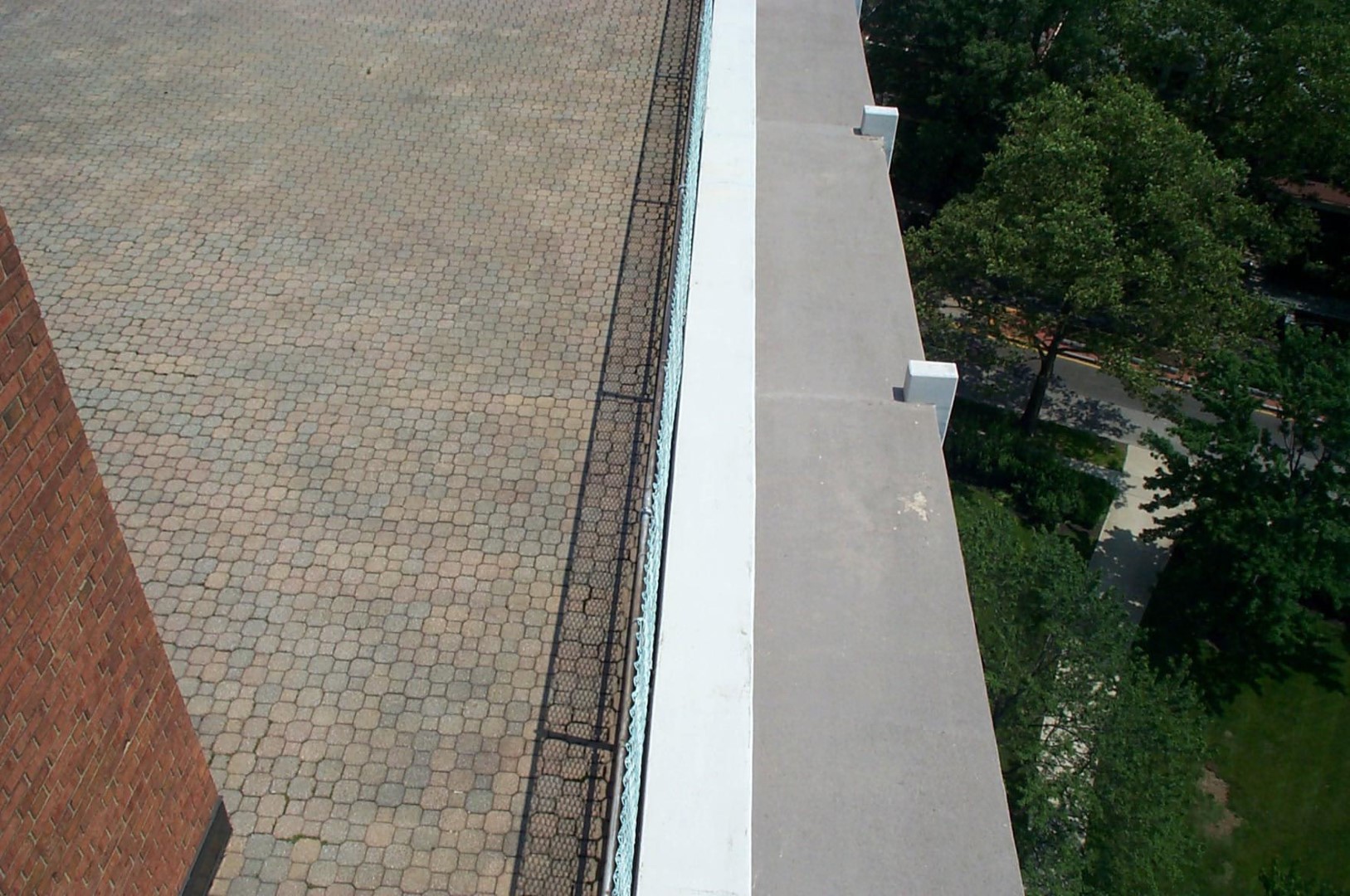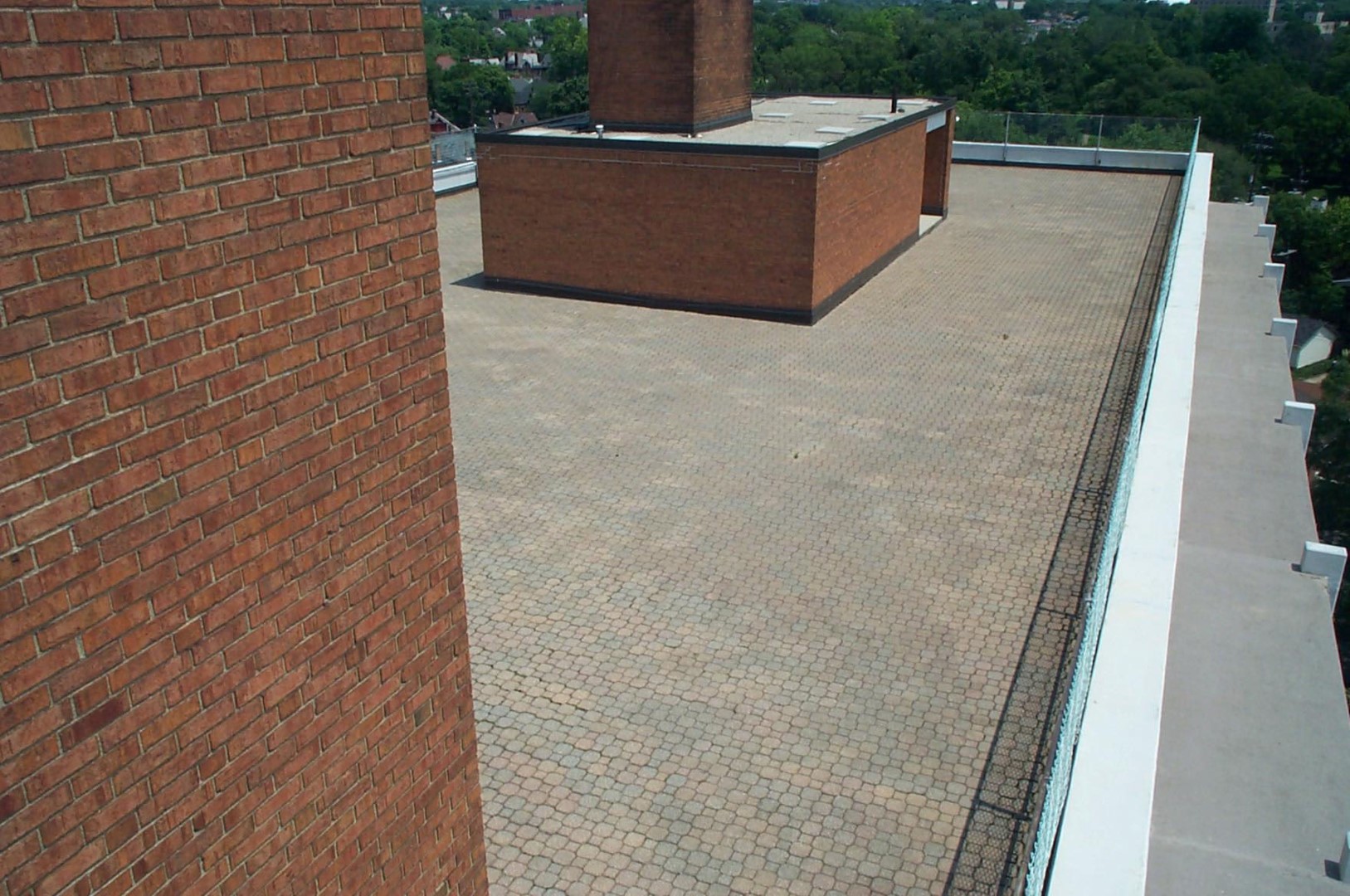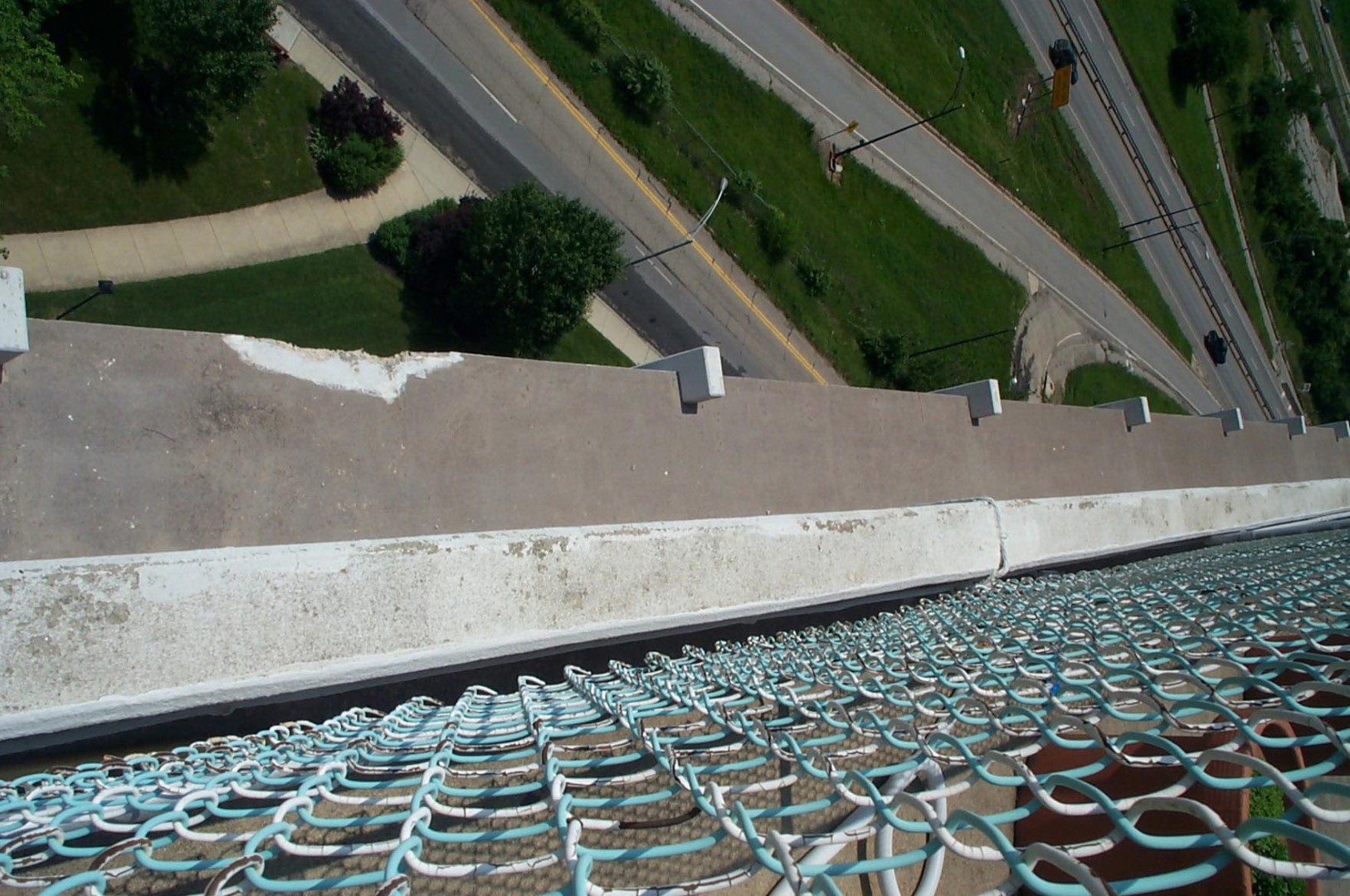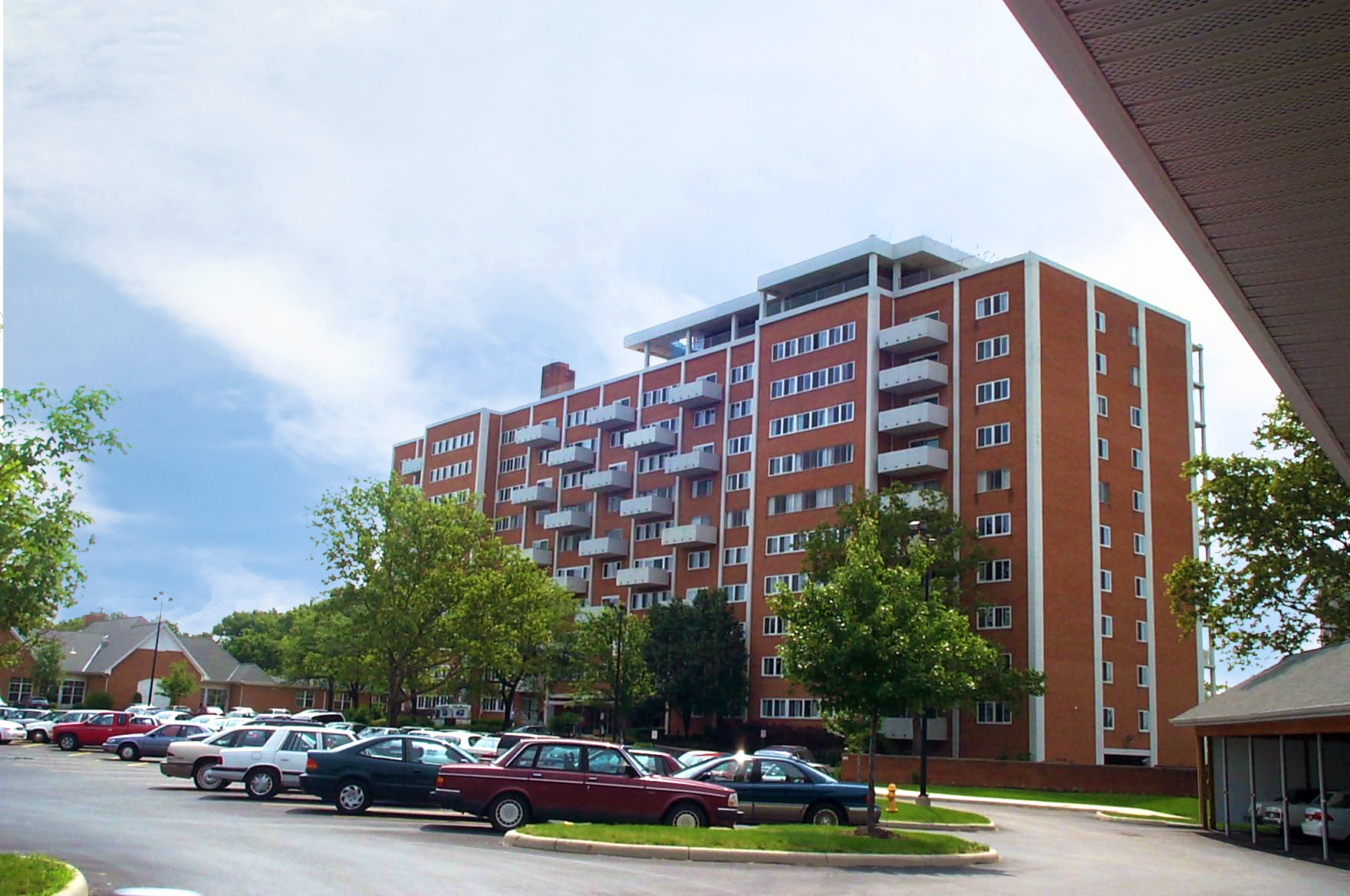
The Westminster-Thurber Community, a hi-rise for seniors in Columbus, Ohio, is a ten-story, 158-unit building was constructed in the early 1960s to serve as an upscale apartment building. It was later purchased by Ohio Presbyterian Retirement Services to serve as an independent living retirement community. According to Debbie Cassel, Director of Housing for the OPRS, the building–once quite fashionable–was looking dated and beginning to show some signs of wear. Graciano’s work helped to modernize the building, and also to make it as maintenance-free as possible.
Cassel noted, “Graciano is a great company to work with. I had an ongoing face-to-face relationship with the site foreman. They do quality work, are customer oriented, and live up to their word.”
The project included:
- Removal of old glue, carpet and paint
- Power washing of all concrete surfaces
- Repair of concrete spalls and delaminations
- Application of an elastomeric coating to the verticals
- Application of a non-slip urethane pedestrian traffic system to the horizontals
Project Details
Project Included
- Water Cleaning
- Vertical & Overhead Patching
- Total Slab Reconstruction
- Sealants
- Sand Blasting
- Repointing Masonry
- Pressure Washing
- Partial Depth Concrete Repair
- Paint Removal
- Masonry Surface Rehabilitation
- Masonry Cleaning
- Full Depth Concrete Repair
- Flashings
- Deck Coatings
- Concrete Restoration
- Coatings
- Chemical Cleaning
- Brickwork
- Acidic Cleaners
- Abrasive Cleaning
Glossary Terms
